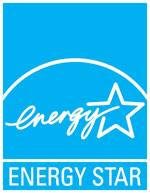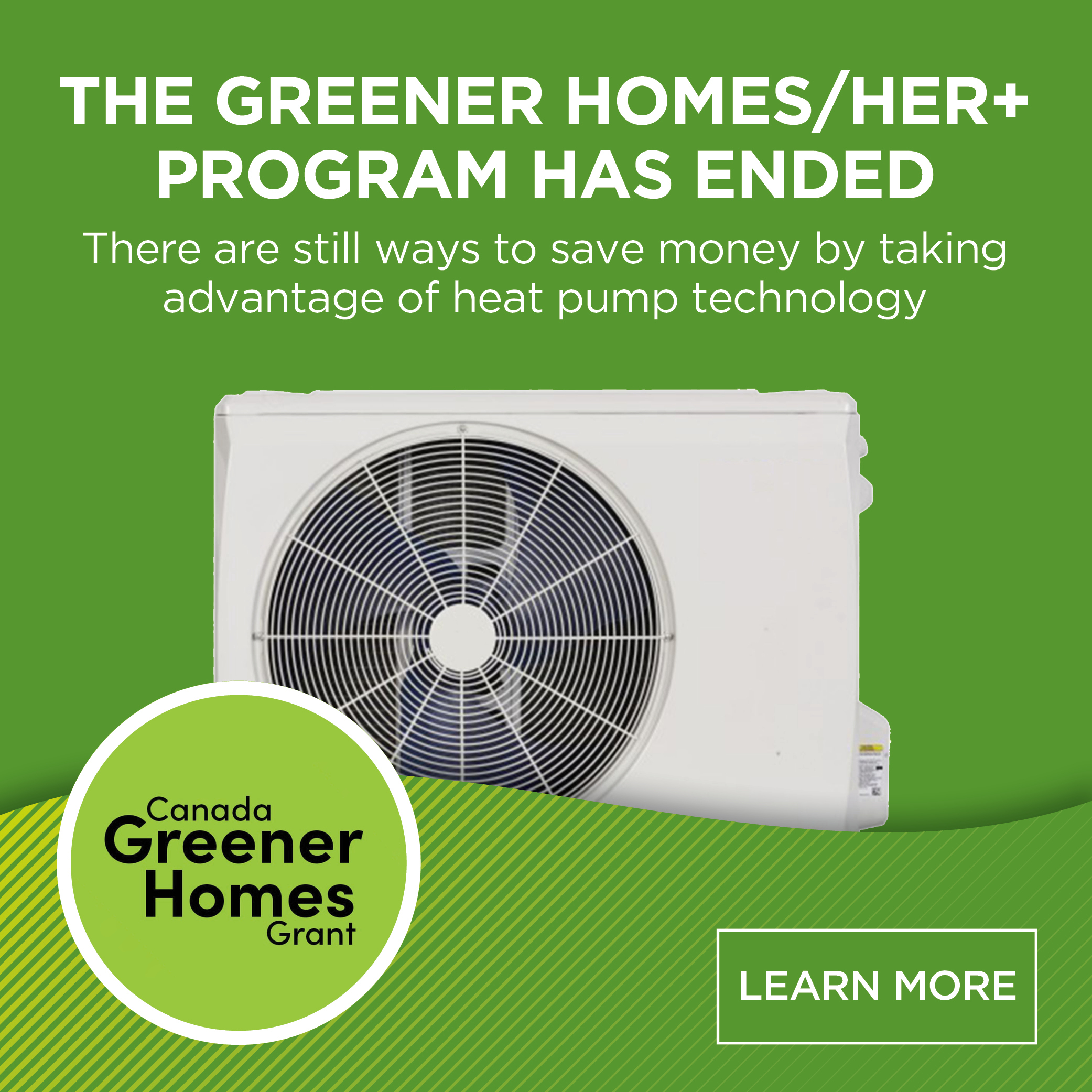
The ENERGY STAR Rating
The US Environmental Protection Agency or EPA created a voluntary program in 1992 as part of the Clean Air Act that establishes the ENERGY STAR guidelines for various appliances and those that meet those guidelines are allowed to display the ENERGY STAR logo on their products. Since 2001, Canada has become a partner in the ENERGY STAR program. The ENERGY STAR logo is displayed on products that meet the highest standards in energy efficiency. These energy-efficient products save both energy and money while reducing pollution. This is why it is very important to purchase a furnace with an ENERGY STAR rating.
ENERGY STAR Furnaces
A furnace that is ENERGY STAR qualified has different efficiency requirements in different areas. It will also be labeled differently. For example, in the northern US, ENERGY STAR gas furnaces are up to 16 percent more energy-efficient than furnaces that do not have the ENERGY STAR label. They can save you as much as $94 a year on average in energy costs. In Canada, energy efficient furnaces are in the top 15 to 30 percent for energy performance. That means a lower bill, a warmer house, and a smaller carbon footprint.
If you use oil furnaces instead of gas furnaces, an ENERGY STAR oil furnace are as much as 4 percent more energy efficient than those that do not have the ENERGY STAR label.
Reading the EnerGuide Label on Your Furnace

- Yearly energy consumption of this particular model in kilowatt hours or kWh.
- The energy consumption indicator. It will show your model where it stands between the least efficient models and most efficient models in the same class.
- The model capacity and type that make up the class.
- The model number of the furnace.
To learn more about energy efficiency, find your local ClimateCare member today!





